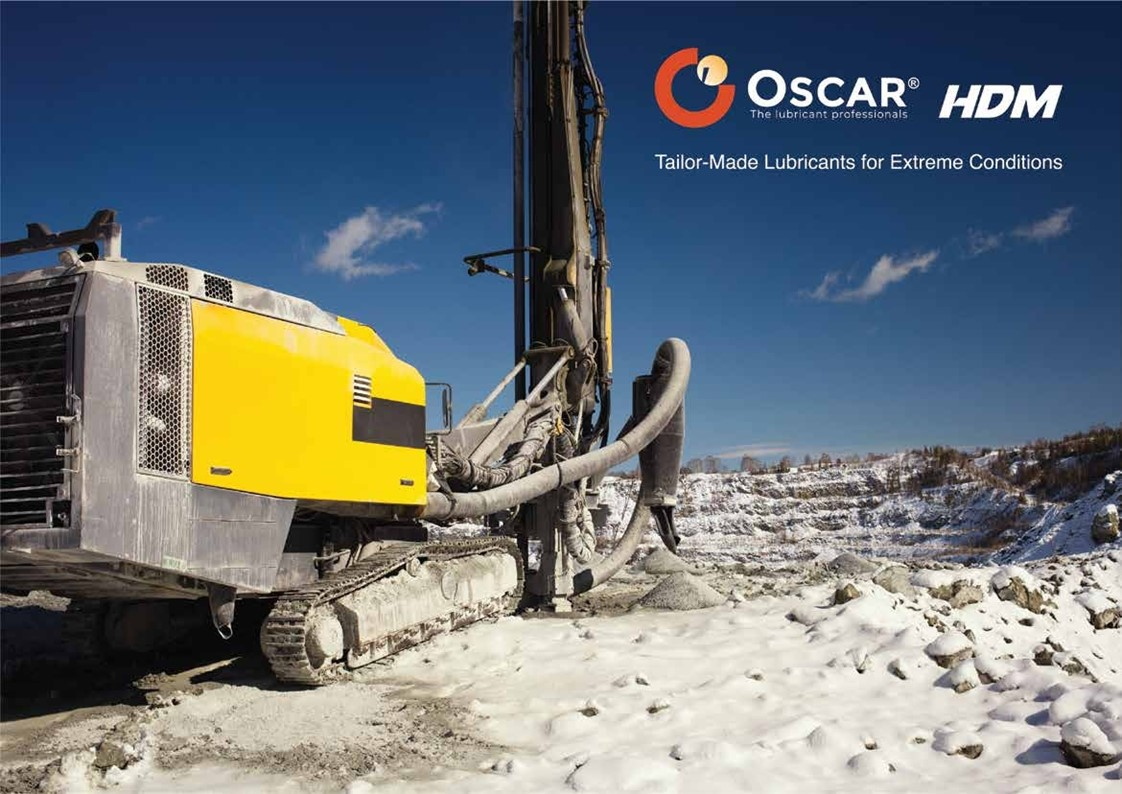Synthetic lubricants offer numerous advantages in industrial applications, including improved performance, extended equipment life, and improved efficiency. However, to maintain their integrity and increase their benefits, proper storage is essential.
Controlled temperature:
Synthetic lubricants are sensitive to temperature fluctuations, which can accelerate oxidation and degradation. Store lubricant containers in a controlled environment with stable temperatures, ideally between 10°C to 25°C (50°F to 77°F). Avoid exposure to extreme heat or cold, as this can compromise lubricant quality and performance.
Protection from sunlight:
Ultraviolet (UV) radiation from sunlight can degrade synthetic lubricants and accelerate oxidation. Store lubricant containers away from direct sunlight in shaded areas or enclosed storage facilities. If storing lubricants outdoors, cover containers with UV-resistant materials or tarps to shield them from sunlight exposure.
Moisture prevention:
Moisture contamination can lead to lubricant emulsification, corrosion, and microbial growth, compromising lubricant performance and equipment reliability. Store lubricant containers in dry areas with low humidity levels to prevent moisture ingress. Use sealed storage containers or drum covers to protect lubricants from humidity and water exposure.
Proper ventilation:
Adequate ventilation is essential to prevent the buildup of heat and humidity in storage areas, which can accelerate lubricant degradation. Ensure storage facilities are well-ventilated to promote air circulation and prevent stagnant air pockets. Use fans or ventilation systems to maintain optimal airflow and temperature control.
Cleanliness and contamination control:
Maintain cleanliness in storage areas to prevent contamination of synthetic lubricants with dirt, dust, debris, or other foreign particles. Store lubricant containers on pallets or shelves above ground level to minimize the risk of contamination from floor moisture or spills. Use clean, dry equipment and tools when handling lubricants to prevent introduction of contaminants.
Rotation and shelf life management:
Implement a first-in-first-out (FIFO) inventory management system to ensure proper rotation of lubricant stock and prevent aging or degradation of stored products. Monitor lubricant expiration dates and shelf life to avoid using expired or degraded products. Conduct regular inspections and inventory checks to identify any issues or discrepancies quickly.
Clearly label lubricant containers with product information, including product name, grade, manufacturer, batch number, and expiration date. Maintain accurate records of lubricant inventory, storage conditions, and usage to track product status and ensure regulatory compliance.



